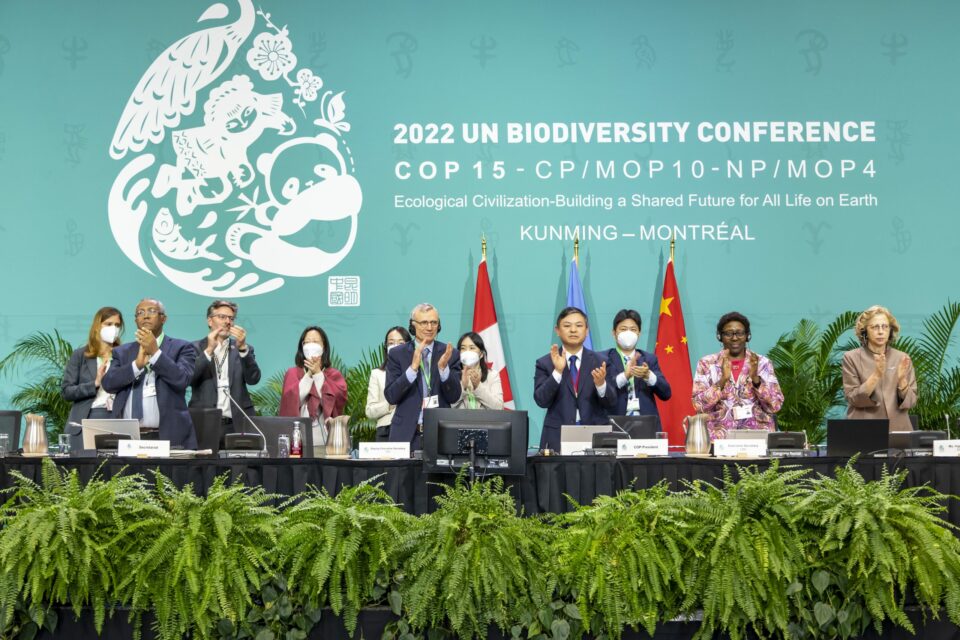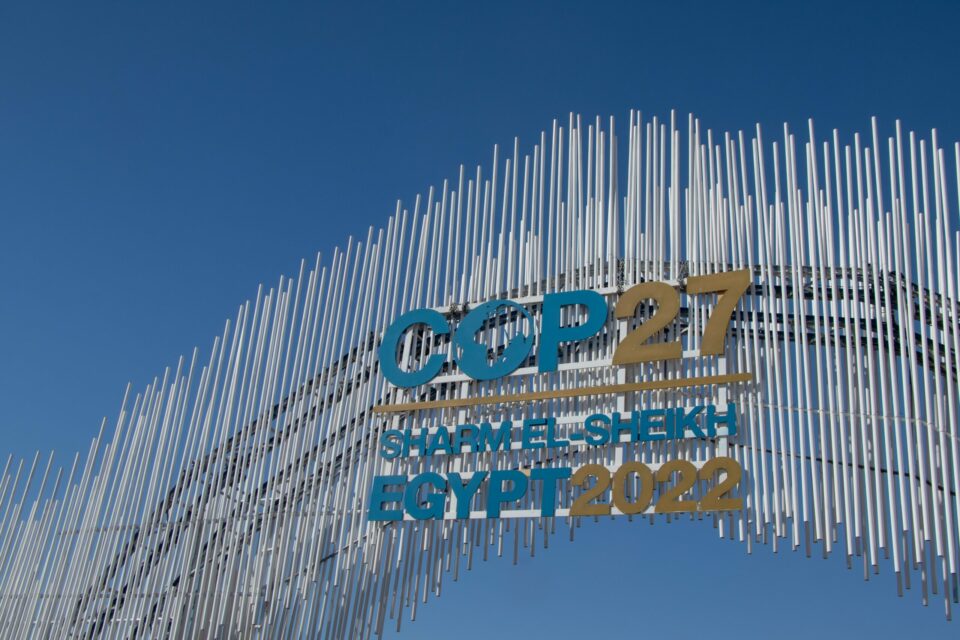

COP15 and biodiversity loss in Galapagos
COP15 will take place in December 2022 in Montreal and will play a vital role in addressing biodiversity loss across the globe.
Biodiversity loss is one of the biggest environmental threats that we face today, and constitutes a global crisis that needs to be tackled with the same urgency as climate change.
What is COP15?
COP15 is the 15th meeting of the Conference of the Parties to the UN Convention on Biological Diversity (CBD). It looks at three international agreements: the CBD and its two subsidiary protocols, the Cartagena Protocol on biosafety and the Nagoya Protocol on access and benefit-sharing.
The CBD was agreed at the Earth Summit in Brazil in 1992 and has three key objectives:
- Conservation of biodiversity
- Sustainable use of its components
- Fair sharing of benefits arising from the use of genetic resources
What is the difference between COP15 and COP26?
COP15 will look specifically at biodiversity loss. The conference will consider all forms of life on Earth, from microscopic organisms such as bacteria and viruses to large animals such as blue whales.
COP26, which took place in Glasgow in 2021, was focussed on climate change and how to reduce emissions.


COP15: A historic agreement on halting biodiversity loss
Finally, after more than four years of negotiations, Covid-related delays and controversies, the COP15 UN Biodiversity Conference concluded with a historic agreement to halt biodiversity loss by 2030, the Kunming-Montreal Global Biodiversity Framework.
Why does COP15 matter?
Biodiversity is integral to all our lives and the health of planet Earth. Clean air, food production and habitats are all reliant on the world’s ecosystems, from the smallest organisms involved in the carbon and nitrogen cycle up to larger organisms at the top of the food chain. Losing species at all levels push ecosystems out of balance and can make life much harder for the species which remain.
According to research published in the journal Frontiers in Forests and Global Change, less than 3% of the world’s land remains ecologically intact, with minimal loss of original animal species and undisturbed habitat.
COP15 aims to halt and reverse the losses of the planet’s plants, animals and ecosystems.

What are the objectives for COP15?
COP15 will convene governments worldwide to agree targets to be included in the post-2020 global biodiversity framework (GBF). The ultimate aim of this agreement is that people can “live in harmony with nature” by 2050.
One of the key targets within the GBF will be to ensure that at least 30% of the world’s land and marine ecosystems are protected by 2030.
Discussions will include a broad range of topics, including biodiversity targets, conservation effectiveness, environmental law, financial mechanisms to support biodiversity, and benefit sharing.

< 3 %
of the world’s land remains ecologically intact
How is COP15 relevant to the Galapagos Islands?
In Galapagos, preventing biodiversity loss is especially important as over 80% of land birds, and 97% of reptiles and land mammals, are found nowhere else on Earth. At the same time, species in Galapagos face an unparalleled array of threats, including predation by invasive species, plastic pollution, overfishing and pressure from the Islands’ growing human population.
GCT is working to control invasive species and prevent extinctions across the Archipelago, while building climate resilience and reducing the human impact on fragile ecosystems. Findings from years of science supported by GCT and others led to the expansion of the Galapagos Marine Reserve in 2021, with 18.9% of Ecuadorian waters now protected, a significant step towards the goal of protecting 30% of national waters by 2030.
...species in Galapagos face an unparalleled array of threats, including predation by invasive species, plastic pollution, overfishing and pressure from the Islands’ growing human population.
Related articles


COP15: A historic agreement on halting biodiversity loss

From COP27 to COP15: Is a global deal on biodiversity within reach?


